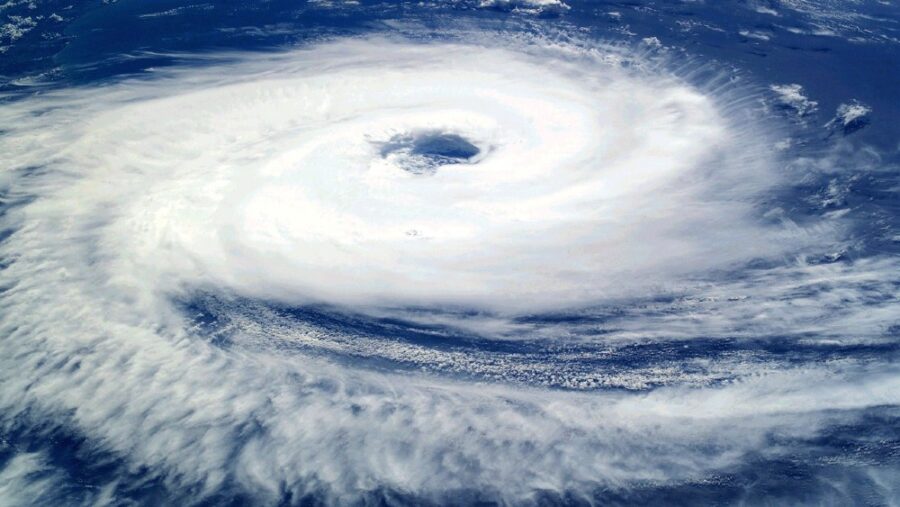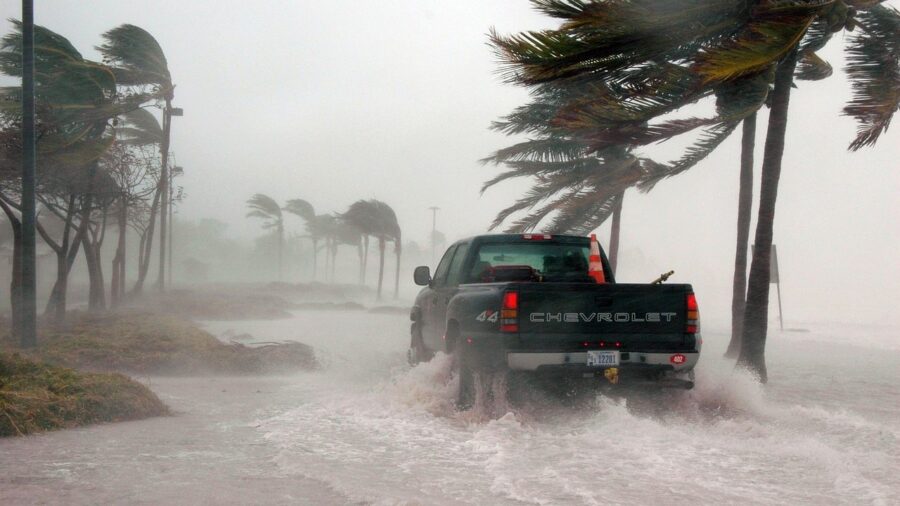Hurricanes Are Becoming Even More Terrifying, Here’s How

We’ve seen movies about tornadoes and volcanoes, but according to the latest numbers, filmmakers might want to start producing cautionary tales about tropical cyclones, more commonly known as hurricanes. A study that was published this week in Scientific Reports indicates that hurricanes have increased in intensity over the past several decades, and our current climate crisis isn’t helping the cause.
From 2001 to 2020, hurricanes have not only gotten stronger and faster but often upgrade their status so quickly that it’s difficult to predict what kind of damage they can cause to our infrastructure.
What’s most alarming about this data is the fact that tropical cyclones are now twice as likely to be upgraded from tropical storm status to a category 3 or 5 hurricane in just a 24-hour period.
When looking at the historical data, it’s apparent that the hurricanes of today have potential to be significantly more devastating than those that we’ve experienced from 1971 to 1990. The most startling takeaway from this research is that hurricanes from 2001 to 2020 have not only gotten stronger and faster, but often upgrade their status so quickly that it’s difficult to predict what kind of damage they can cause to our infrastructure.

For context, the tropical cyclones from recent decades are capable of increasing their wind speed by up to 50 knots (57.5 miles per hour) within a single day, but during the older period this kind of increase in intensity would take 36 to 48 hours to reach these speeds.
Hurricanes will only get worse if this trend continues, and if our oceans continue to increase in temperature, then we can only expect the storms to get even more intense…
What’s more, the amount of hurricanes that upgrade from a weaker storm to a very strong one (category 3 to 5) within a day and a half has doubled over the past couple of decades. In other words, those who live in areas off the coast that are more susceptible to hurricanes have less lead time to prepare for the intense winds that will tear through their community.
But given the current condition of our climate, we shouldn’t be surprised by how hurricanes are leveling up. The reality that we have to face is that human activities have significantly increased the amount of greenhouse gas emissions over the last 50 years, to the point where we’ve seen a temperature increase on the surfaces of our oceans. Since 1980, our oceans have seen a temperature increase of 1.6 degrees Fahrenheit (.88 degrees Celsius), which makes it easier for storms to get stronger at a faster rate.
Hurricanes will only get worse if this trend continues, and if our oceans continue to increase in temperature, then we can only expect the storms to get even more intense if we don’t start cutting down on our greenhouse gas emissions. It’s worth noting, however, that we’re looking at 50 years of data, meaning that we didn’t get ourselves into this situation overnight, and there is no quick fix to bring the strength of hurricanes back to 1970s numbers.
The amount of hurricanes that upgrade from a weaker storm to a very strong one (category 3 to 5) within a day and a half has doubled over the past couple of decades.
There are two courses of action that we need to take if we want to stop hurricanes from becoming even more devastating than they currently are. For those who live off the coast, preventative measures need to be taken more seriously when a tropical storm is announced, because if they become intense hurricanes with little to no notice, there’s not a lot of time to put up your storm shutters and brace for their intense winds.
But when considering the big picture, we need to seriously reconsider our dependency on fossil fuels. If we don’t start reducing our carbon footprint sooner rather than later, it’s safe that say that hurricanes will only continue to get worse from here.












